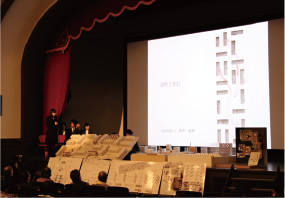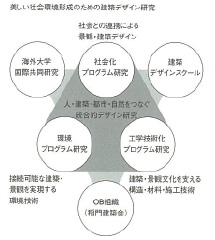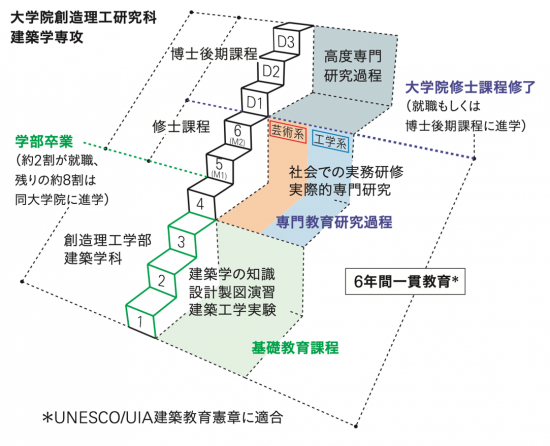In 1996, the UNESCO and UIA (Union internationale des Architectes) jointly established the Charter of Architectural Education, which stipulates that the minimum term for architectural education that will be globally recognized in the future is 5 years or more. Five-year architectural education is already becoming common in Asia, and many graduates and international students are active in the world as Waseda University will continue to compete with them in the global market. In order to do this, we needed to address this situation.
Given this, we have already addressed the problem by providing a curriculum that is consistent for 6 years with higher specialized education at the graduate school, considering the fact that the graduate school enrollment rate exceeds 70%.In the previous curriculum, four years of undergraduate and two years of graduate were independently set, so fourth-year undergraduate students have been regarded as the culmination of undergraduate education.Compared to that, in the new curriculum is created by positioning the three years from the first year to the third year of the undergraduate course as the basic curriculum of architectural education and the third year from the fourth year of the undergraduate course to the second year of the graduate school as a specialized curriculum for architecture.
The most feature is the 4th-grade curriculum. Previously, there were subjects such as graduation design, graduation thesis, joint design, and other building laws that you should learn before graduating from university, but now, you will find graduation thesis, graduation design, It is only an exercise subject. This allows for flexible programs depending on the specialty chosen by the student. In extreme cases, the curriculum is highly flexible, allowing you to graduate or go on to graduate school while studying for more than half a year or gaining experience at an overseas design office.
As before, you will be able to graduate from four years of undergraduate studies, find employment, go on to another university, or study abroad. Most of the graduates are active in construction companies, design offices, government offices, housing manufacturers, and so on.



